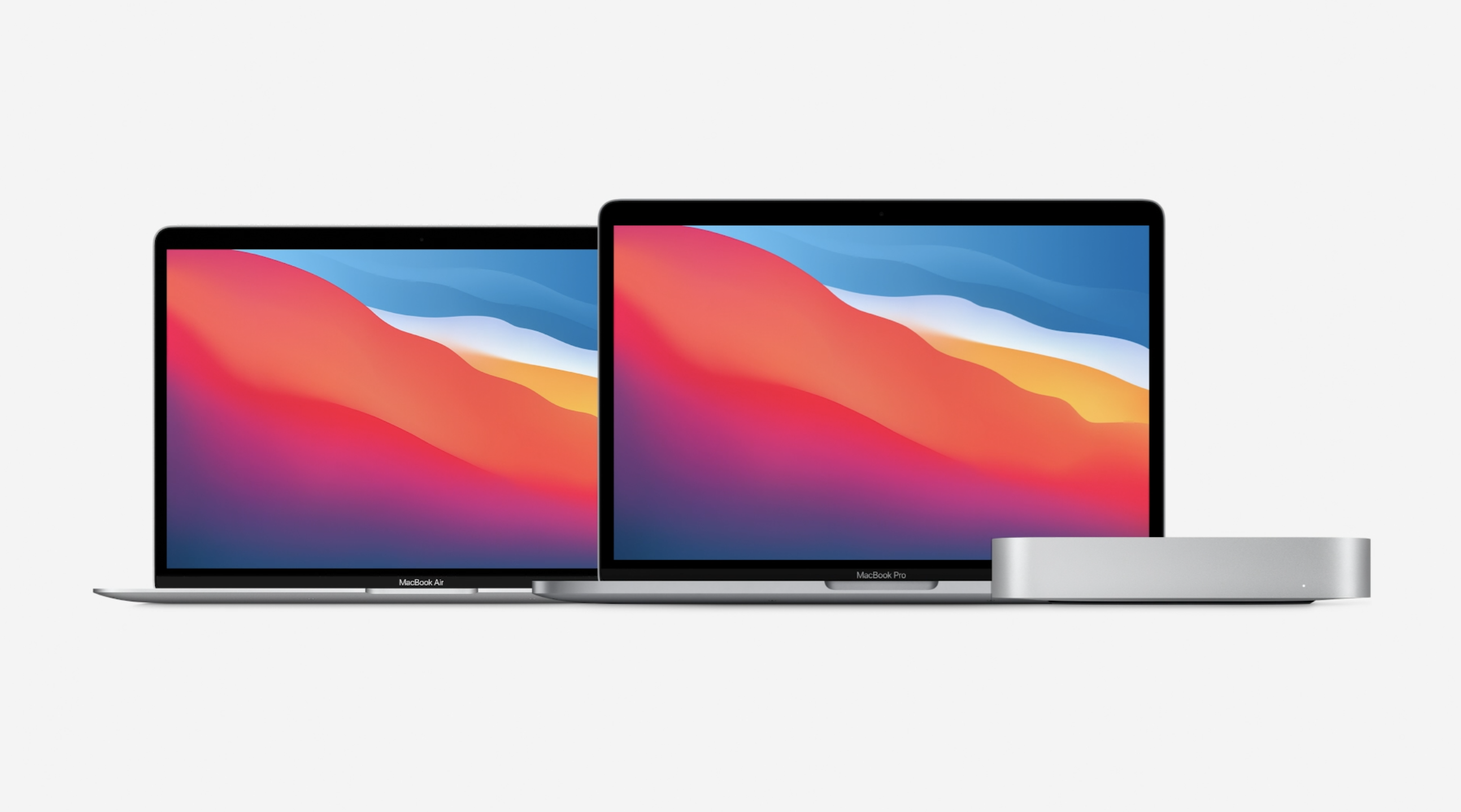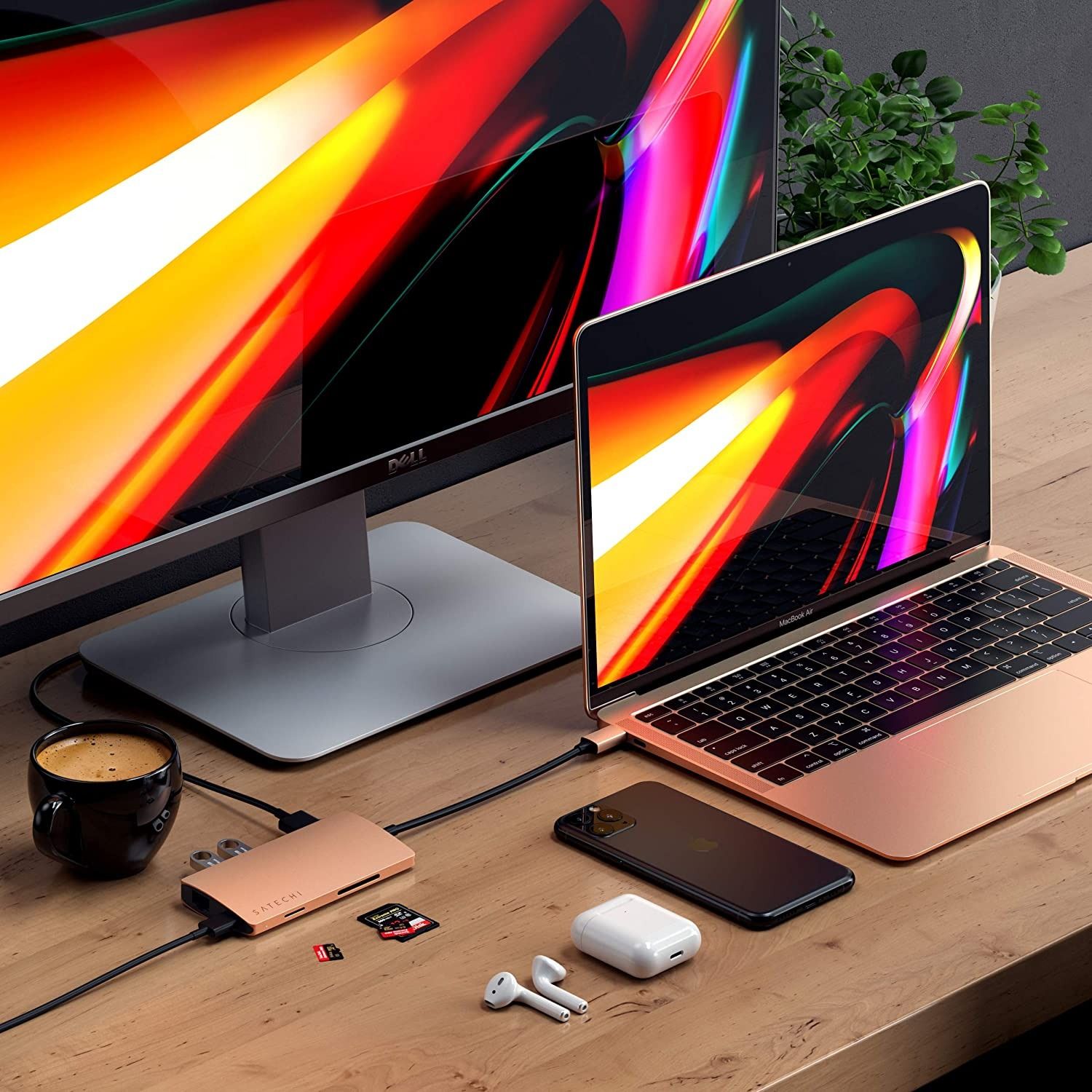
Split Screen On Air Full Screen Mode
Photos 1 and 4 shows the Mini-DisplayPort-to-HDMI converter/dongle connected to the Macbook Air. As you can see from the images above all the cables connected to HDMI splitter box. Release the button, then click a window on the other side of the screen to begin using both windows side by side.Software & Apps How to Enter and Exit Full Screen Mode and Use Split Screen in macOSHow It’s Connected. As you hold the button, the window shrinks and you can drag it to the left or right side of the screen. You can even customize your laptop to include cutting-edge features like an 11th Generation Intel Core i7-1185G7 Processor, Intel Iris Xe Graphics and Killer AX500-DBS with advanced Wi-Fi 6 technology.Click and hold the full-screen button in the upper-left corner of a window. The 13.4-inch Corning Gorilla Glass touch screen is both scratch-resistant and large, with a 91.5 screen-to-body ratio.
But in order to split the view in Mac, at least two applications need to be active.The size of your Mac’s display can affect the way you work. Now you can activate the desired apps for work or rearrange apps on your display. Photos 2 and 3 shows how the rest of the cables connected.To split a Mac screen, the Displays have separate spaces checkbox in System Preferences needs to be checked.
To leave split screen and return to your 296 windows, slide your cursor up to the top of the screen until the green button reappears. Fortunately, macOS offers a "full-screen mode," which you can use for most of your apps.How to exit split screen mode on Mac. On the contrary, if you have a smaller Mac, like a 12-inch MacBook, there’s not much room for multiple windows, and you may want to make each one as large as possible. You can have several windows visible, large and small, each organized efficiently.

Click the green button at the left of its toolbar,You’ll see the window expand, your menu bar slide away, and the Dock slide off the screen (if it’s visible). The Dock is hidden to access it, move your cursor to the bottom or the side of the screen, where the Dock is, and it slides into view.It’s quite simple to activate full-screen mode for any app on a Mac, and there are three ways you can do this: Even if the Dock is visible, switching an app into full-screen mode makes its window fill your display from top to bottom, and from left to right.

Here’s how you can switch apps in full-screen mode: If you’re used to clicking icons in the Dock or clicking parts of windows to switch from one app to another, it’s time to learn some new techniques. How to switch apps in full screen modeWhen you’re in full-screen mode, you may need to change the way you switch apps.
If you go to System Preferences > Trackpad > More Gestures, you can change this to a three-finger swipe. Admittedly, this isn’t easy on a mouse, and four fingers may be a bit of a constraint even on a trackpad. Swipe left or right with four fingers on a trackpad or Magic Mouse. Press Command-Tab and keep pressing Tab until you find the icon for the app you want to switch to, then release both keys.
(And if you have an iPad capable of using Sidecar, you’ll seen an option to move a window to that iPad. You can Enter Full Screen, or you can tile the window to the right or left of the screen. If you move your cursor over the green button, you’ll seen a pop-up menu with several options. Note the icon at the top left corner of the App Store window click that to restore it to a standard window.In addition to offering a full-screen mode, macOS also allows you to set up apps in split screen mode. Press the Mission Control key (the F3 key) on an Apple keyboard, move your cursor to the top of the screen, then click one of the app thumbnails at the top of the display.Here’s what Mission Control looks like with three full-screen apps.
And there are some apps that you cannot use in split-screen view, because they either have widows that are fixed sizes (such as System Preferences), or they are not designed for the narrower view (such as the Music app).As with full-screen view, you can exit split screen view for any app by pressing Command-Control-F. Here’s what it looks like to have two windows in split-screen mode I’ve opened Safari and Chrome in two panes.You can drag the divider to adjust how the two windows share the screen, but some windows don’t allow much adjustment. To do this, click a window in the other side. You can then open a second app on the other side. When you send one app to one side of your display, the screen splits with a divider.

And if you’re watching a video on your Mac, then full-screen is the best way to do so.One scenario in which you probably don’t want to view a web browser in full-screen mode is when you’re using a large display. It’s the ideal way to write without distraction.If you’re viewing a PDF with Preview, full-screen mode lets you easily view two pages side by side. For example, Scrivener has a Composition Mode, which fills the screen, but lets you control the width of the text, colors, and more. And if you’re used to working on an iPad, where full-screen mode is the norm, you may find that doing the same on your Mac is comfortable.If you’re a writer, you’ll find apps that have a more subtle full-screen mode than simply filling a window. Even on a larger desktop Mac, it can be practical because you may want to eliminate distractions when you’re working. When should you use full-screen mode?As you’ve seen above, full-screen mode is useful if you have a small display.
And don’t forget to follow Intego on your favorite social media channels: Facebook, Instagram, Twitter, and YouTube. Be sure to follow the podcast to make sure you don’t miss any episodes.You can also subscribe to our e-mail newsletter and keep an eye here on Mac Security Blog for the latest Apple security and privacy news. You may discover a new way of working with your favorite apps!Each week on the Intego Mac Podcast, Intego’s Mac security experts discuss the latest Apple news, security and privacy stories, and offer practical advice on getting the most out of your Apple devices.


 0 kommentar(er)
0 kommentar(er)
